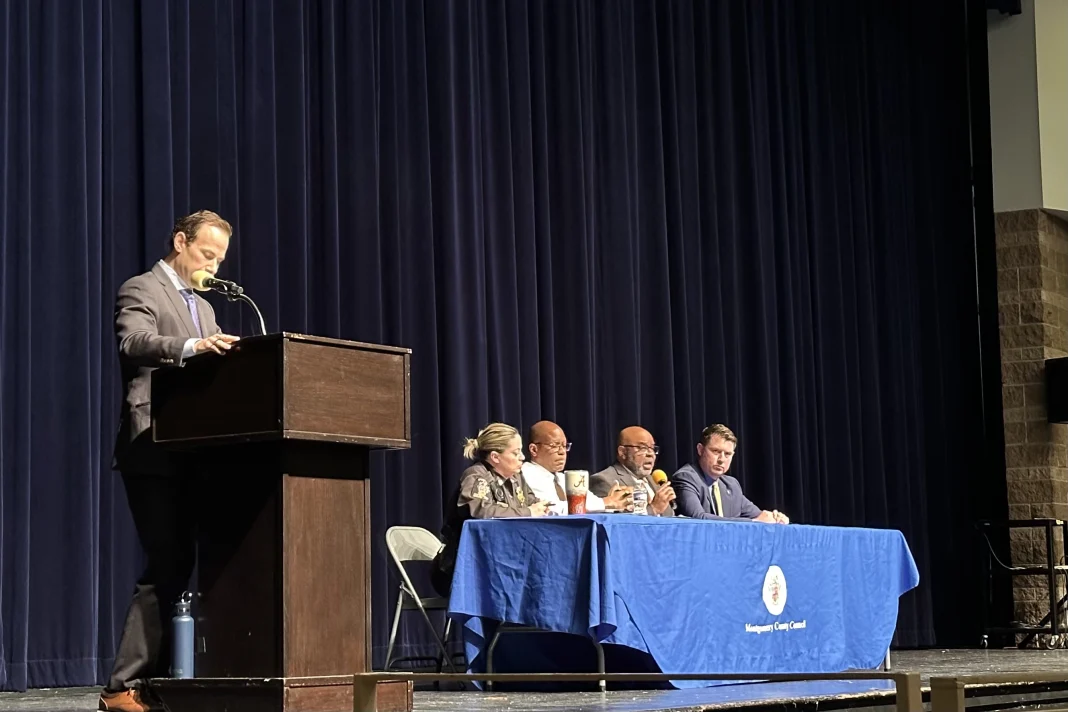As I walk outside the building during lunch and glance at the empty spaces in the senior lot, my stomach begins to rumble, not with hunger, but jealousy. If only I could go out to buy fresh food during lunch. But wait, this is the 21st century—the era of cars that park themselves, men that free fall from space and… food trucks.
Food trucks are mobile restaurants run from a truck that has been equipped with a kitchen, which makes it capable of serving people on the street.
This advance in technology seems like a simple solution to the problem. Just have a few food trucks park in the bus loop during lunch. It caters to the entire school population: underclassman who can’t leave school for lunch, seniors with no car and staff members on a tight schedule. It offers everyone the chance to take a break from another crushed sandwich and instead enjoy a delicious and fresh meal.
The only impediment to this no-brainer lies with the government. A federal mandate currently exists which restricts food trucks’ access to schools. Food trucks cannot be on school property during school hours. The ice cream trucks on Gainsborough are only allowed due to the fact that it is after school hours and the school does not sponsor it.
This restriction is a huge mistake.
Perhaps food trucks should not be allowed at elementary schools, but high schools should not have to suffer from such a rule. Many high schools allow all grades to leave for lunch, so if students are allowed to cross the street for food, why can’t they buy from a food truck that is on school grounds?
Allowing food trucks would make the many people inside the school happy. It seems as if those who oppose it aren’t those in the school but mostly government officials.
According to a Huffington Post article, objections include that food trucks would create aggressive business competition and would hurt schools efforts to have healthy lunch programs in schools.
But should we really be denying students access to fresh food just so the cafeteria can keep selling cold chicken patties? Some students go through the day hungry because the cafeteria food just is not worth eating.
In addition, food trucks can offer fresher options than the cafeteria that could be just as healthy, reinforcing officials’ efforts to keep kids healthy.
If we were allowed to buy food that appeals to us, we will likely eat more of it, which will make us fuller and focused in our classes. School is for learning—so let students have good food that will facilitate it.
Having food trucks would help more than just the school. It would help small businesses. By denying trucks access to schools, the government is denying them a crucial market. Trucks can both boost sales and build a loyal customer base.
If the law remains in place, as it most likely will, there is still another possible solution for CHS: open lunch for all.
If food cannot come to us, let CHS students come to them. Many other Montgomery County schools like B-CC and WJ have open lunch for all; it is CHS’s turn. Even a freshman without a car is capable of walking off school property for five minutes to a nearby food truck.
Food trucks are a good idea for the entire school community. There are no more excuses; it’s time to bring lunch into the 21st century.







